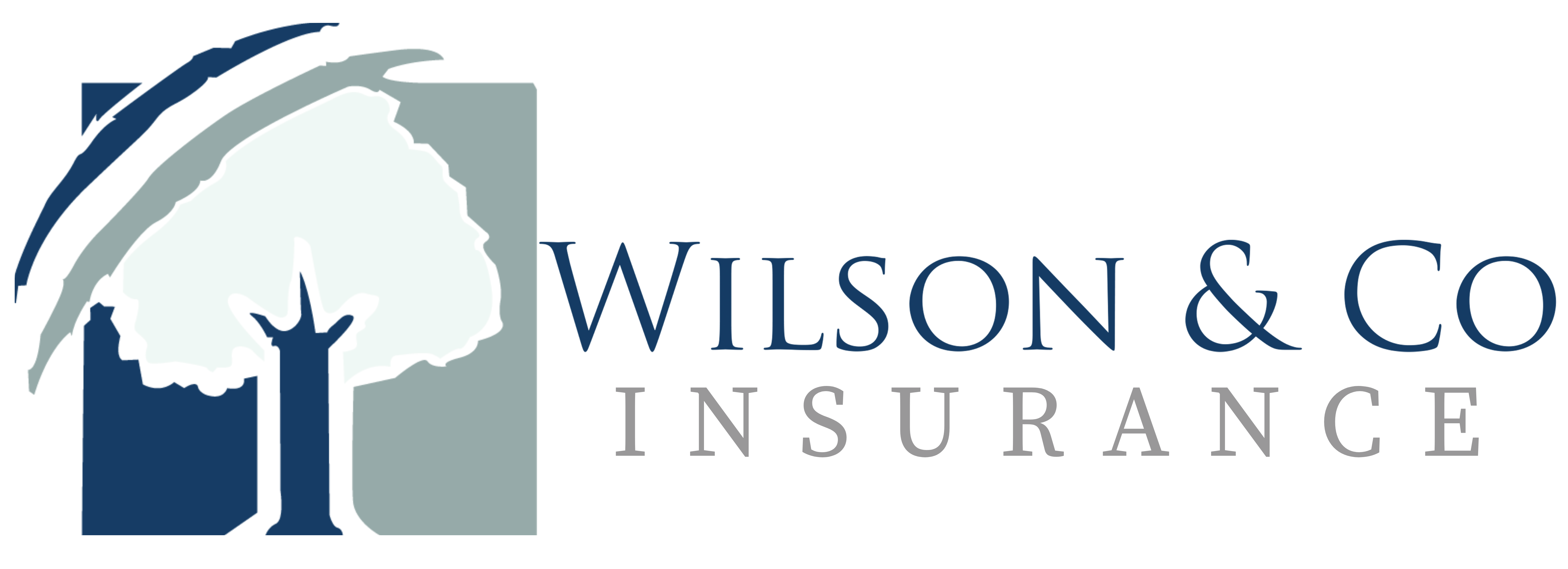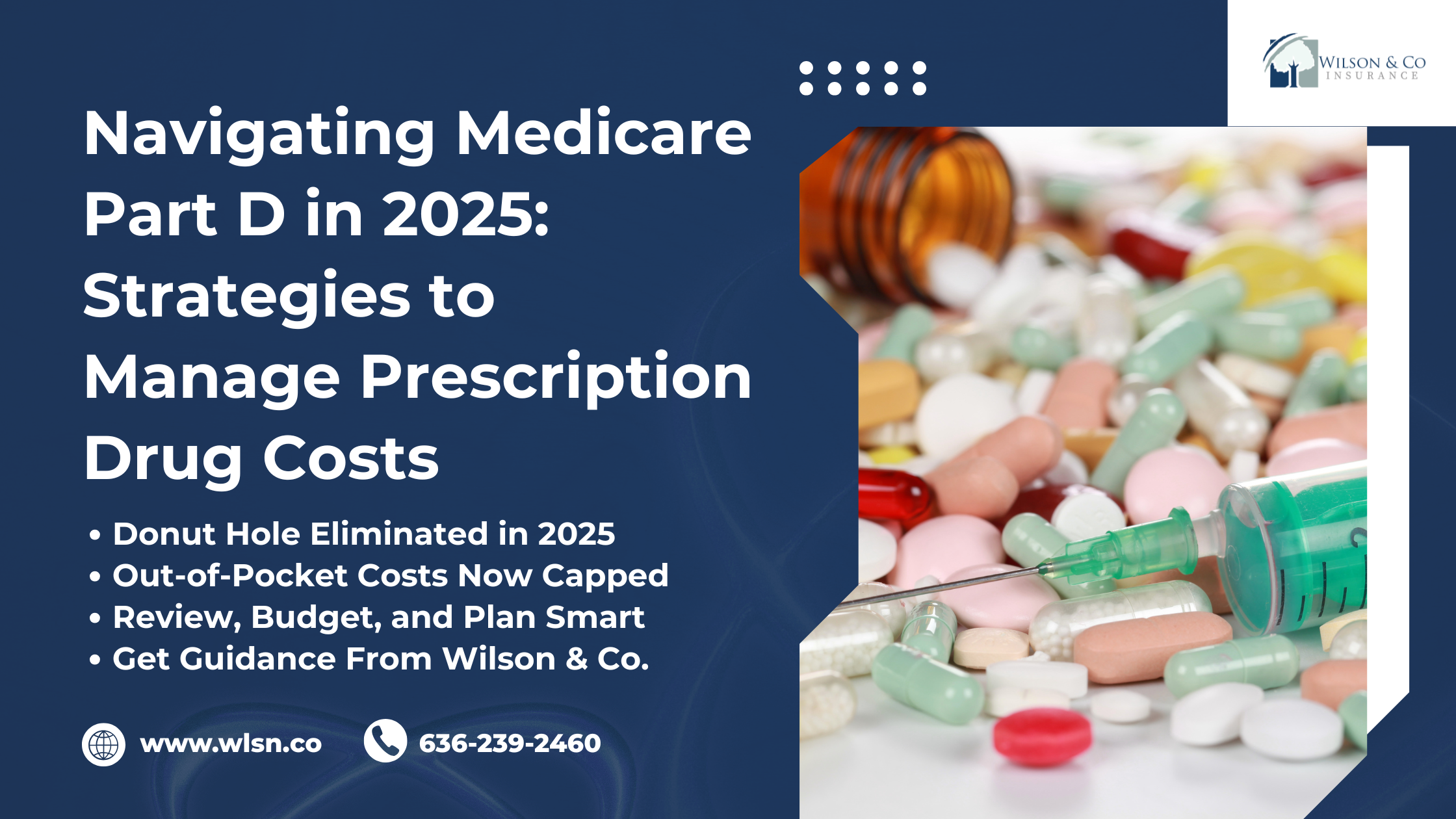Navigating Medicare Part D in 2025: Strategies to Manage Prescription Drug Costs
Understanding the 2025 Changes to Medicare Part D
Medicare Part D is a crucial resource for seniors managing their healthcare needs. However, beneficiaries have historically encountered a significant obstacle known as the “donut hole”—a coverage gap leading to unexpected prescription drug expenses. Starting in 2025, significant changes aim to alleviate this burden. This article explains the upcoming changes to Medicare Part D, explores their impact, and offers practical strategies to manage prescription drug expenses, highlighting trusted support from partners like Wilson & Co.
Understanding the 2025 Changes to Medicare Part D
The “donut hole” in Medicare Part D has been a source of financial strain for many beneficiaries. In 2025, this coverage gap will be eliminated, simplifying the structure of Part D plans. Beneficiaries will pay 25% of drug costs during the initial coverage phase until they reach a $2,000 out-of-pocket cap. After reaching this cap, they will pay nothing for covered drugs for the remainder of the year.
The Impact: Financial Relief for Beneficiaries
The elimination of the donut hole and the introduction of the $2,000 cap are expected to provide significant financial relief. Beneficiaries who previously faced higher out-of-pocket costs during the coverage gap will now have more predictable expenses. This change is particularly beneficial for those requiring high-cost medications, as it reduces the risk of financial hardship due to prescription drug expenses.
Strategies for Managing Prescription Drug Costs
1. Review and Understand Your Plan
Begin by thoroughly reviewing your Medicare Part D plan. Understand the formulary, cost-sharing requirements, and how the new $2,000 cap applies to your medications. This knowledge will help you anticipate expenses and make informed decisions.
2. Maintain an Accurate Medication List
Keep an updated list of your current medications, including dosages and frequencies. This list is a valuable tool when consulting with healthcare providers to identify effective, lower-cost alternatives, such as generic drugs.
3. Budget for Prescription Costs
Even with the new cap, budgeting for prescription costs is crucial. Allocate funds to cover expenses up to the $2,000 limit. Utilize financial tools and calculators to forecast your annual medication expenses and adjust your budget accordingly.
4. Explore Assistance Programs
Programs like Medicare’s Extra Help provide support for beneficiaries with limited income and resources. Extra Help can lower or eliminate Part D premiums, deductibles, and copayments, offering significant savings. Eligibility is based on income and asset limits, and applications can be submitted through the Social Security Administration.
5. Seek Expert Guidance
Navigating Medicare Part D can be complex. Wilson & Co. offers personalized assistance to help you understand your options, compare plans, and identify cost-saving opportunities. Their expertise ensures you make informed decisions tailored to your healthcare needs.
Implementing a Step-by-Step Prescription Management Plan
- Evaluate Your Current Coverage: Assess how the 2025 changes impact your existing plan and whether it still meets your needs.
- Research and Compare Drug Costs: Use online tools or consult with your pharmacist to find lower-cost alternatives.
- Plan for the Cap: Develop a financial plan to cover expenses up to the $2,000 out-of-pocket limit.
- Consult with Experts: Engage with professionals like Wilson & Co. for tailored advice and support.
- Utilize Technology: Employ apps and online resources to track your prescription expenses and stay informed about your coverage.
Understanding the Mechanics of the New Part D Structure
Starting in 2025, Medicare Part D will consist of three phases:
- Deductible Phase: You pay 100% of drug costs until you meet your plan’s deductible.
- Initial Coverage Phase: You pay 25% of drug costs until your out-of-pocket spending reaches $2,000.
- Catastrophic Coverage Phase: After reaching the $2,000 cap, you pay nothing for covered drugs for the rest of the year.
This streamlined structure aims to reduce complexity and provide more predictable costs for beneficiaries.
Leveraging Expert Guidance from Trusted Partners
Wilson & Co. stands out as a resourceful partner, offering knowledgeable guidance to those navigating the changes in Medicare Part D. Their approach includes detailed analysis and a commitment to customizing insurance plans that fit individual needs. By working with experts, beneficiaries gain access to personalized advice on managing prescriptions, selecting cost-effective medication alternatives, and integrating supplemental coverage options. This partnership ensures that you are not alone in your efforts and that every available resource is utilized to maintain both your health and financial stability.
Internal Resources and Tools
For further insights on managing your prescription drug costs, explore the online resources and toolkits available on our website. These include detailed guides, interactive budgeting calculators, and personalized recommendation tools designed to support you in addressing common challenges associated with Medicare Part D coverage. Visual aids, such as charts illustrating the progression from full coverage to the coverage gap, enhance the clarity of complex concepts and assist in making informed decisions.
Frequently Asked Questions
- What is the new Medicare Part D structure in 2025? In 2025, Medicare Part D will eliminate the “donut hole” and introduce a $2,000 out-of-pocket cap. Beneficiaries will pay 25% of drug costs during the initial coverage phase until reaching the cap, after which they will pay nothing for covered drugs for the remainder of the year.
- How can I effectively plan for the new coverage structure? Effective planning includes reviewing your current plan, maintaining an accurate medication list, budgeting for prescription costs, exploring assistance programs like Extra Help, and seeking expert guidance from professionals such as Wilson & Co.
- Are there resources available to aid beneficiaries in managing prescription expenses? Yes, resources include Medicare’s Extra Help program, online tools for comparing drug costs, budgeting calculators, and personalized support from experts like Wilson & Co.
Conclusion: Take Charge of Your Prescription Management
The 2025 changes to Medicare Part D offer significant opportunities to manage prescription drug costs more effectively. By understanding the new structure, budgeting appropriately, exploring assistance programs, and seeking expert guidance, you can navigate these changes confidently. Wilson & Co. is committed to providing tailored insurance solutions and expert advice to help you make informed decisions and maintain your health and financial well-being.
Note: Wilson & Co. serves clients across Missouri and surrounding areas. If you’re unsure about your eligibility or available plans, their advisors are ready to help.
For additional tips and comprehensive guides on managing healthcare costs, visit our resource section on the website. Your path to a more secure, manageable healthcare strategy begins with taking charge of your prescription management. Contact Wilson & Co. today for a consultation and start building a plan that will safeguard your health and financial well-being.


Leave a Reply